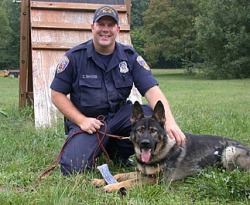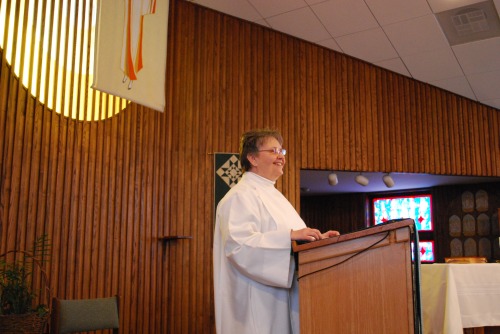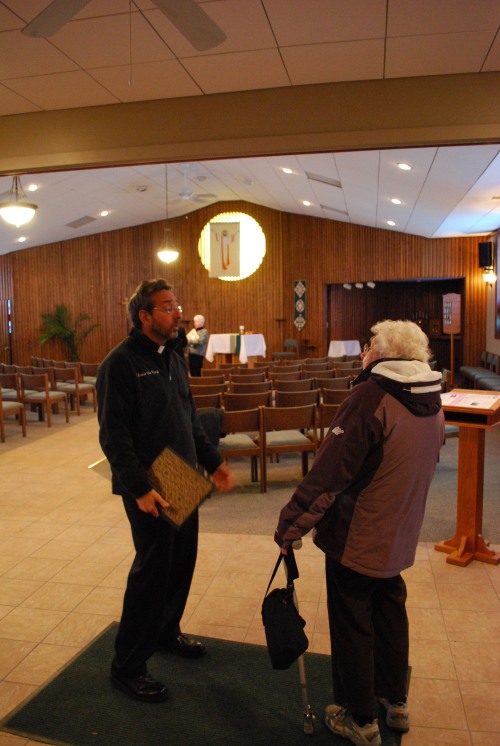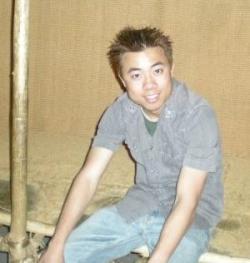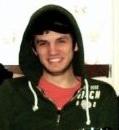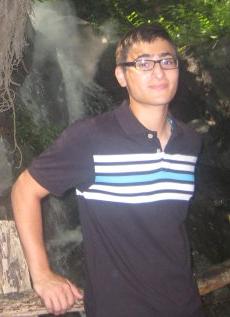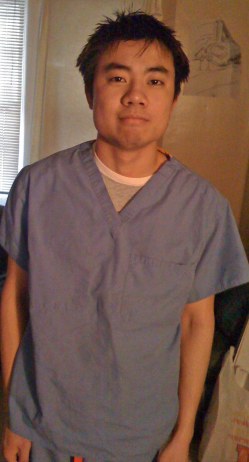Thinking and drinking are an unlikely combination. However, if you are in
the right place at the right time with the right people, it could win you
a pitcher of beer or a free meal.
For those know-it-alls in Albany looking for something entertaining on a
weeknight, welcome to Trivia Night Live — a small company whose sole
purpose is hosting team trivia nights in area bars. It’s something that
might sound a bit nerdy. After all, who goes to a bar to take a test?
But, the questions are contemporaneous and based on general knowledge,
from categories like entertainment, geography, sports, history, and so
on. And once you and your team gets into it, you’ll be cheering and
jeering so loud you might forget that it is actually a little nerdy. On a
trivia night, the bar is as electrified as Super Bowl Sunday.
Here are the rules to the game: a team signs up at the front before the
game starts, giving the emcee their team name. They get a packet of paper
slips with their team number on it. Each question asked is of ascending
point value (two, four, six, eight and 10). If your response is correct,
the team gets points added to their score, and points subtracted if the
answer is wrong. The teams write their answers on a slip, then someone
from the team walks it up to the DJ booth. When all the replies are in,
the emcee announces the correct answer, usually causing an uproar of
victory screams or cries of despair. Between each of the four rounds of
questions, everyone raises their glass as the emcee calls out “Social,”
and for the last question, teams wager points based on the category, just
like Final Jeopardy. The prize is usually free drink and food coupons.
But for the team that is in first place by half time, a pitcher of beer
is on the house.
On a Monday night at Graney’s Sports Bar on New Scotland Ave., Kevin
Baker kicks off his own quiz show from behind a laptop and a
wobbly little wooden podium, microphone in hand and a smile on his boyish
face. The 40-year-old UAlbany graduate used to be a disc jockey for PYX
106 back in the ‘90s. These days, he works for Living Resources, a
company that helps the developmentally challenged. At night, Baker runs
Trivia Night Live with between two and six employees (many of whom he met
while working in radio), hosting about 20 games to the Capital District a
week.
“Trivia was kind of a spin off of my radio career,” Baker said. “Then
Hooters came into town, and it was their thing and they hired me to do
it. So I did it there up until they closed in the summer of ‘07. And then
in the last three to five years I just started doing it in smaller bars,
and it’s grown pretty quickly.”
From such modest beginnings, the company has expanded to bars on Delaware
Ave., Yates Street, Madison Ave., and even Crossgates Mall, not to
mention places like Schenectady and Glenmont. “We’ve got some stuff going
on in Utica, of all places, 90 miles away,” Baker said.
“It’s grown mostly by word of mouth. I never tried very hard to get
business,” he said. The Hooters girls used to go out to bars and talk
about the trivia nights, and Baker started getting phone calls from bar
owners looking to start up their own trivia nights. “A couple of bar
owners I knew, and they took a shot at it, like this one. Graney’s is
actually my longest running bar now. I guess I’ve been here since… the
Fall of ‘04. God, it‘s been a long time!”
Some bar owners took a shot, Baker said, “And fortunately there’s enough
around that see the big picture with this kind of thing. Because, yeah,
you’re first instinct is ‘Why would I hire somebody to come in and ask
questions?’ But obviously the return is great, because these places are
packed, people love it, and they’re all very loyal. They play in their
bar every week.”
Although Baker said he loved his day job, “At the end of the day, this
kind of fills the void left from being in radio. The ‘check me out,’ kind
of attention seeking sort of fun I don’t get to have since my radio
career ended back in 2005.” He said he also likes that the business is
all his, and he gets to call the shots. Even though a lot of preparation
goes into creating 20 new and challenging questions every day (he
estimates about an hour per batch of questions), “It’s fun doing the
research. You learn a bunch of things — I forgot a lot of things, too–
but it’s fun. With trivia, it’s an endless array of information that I
try to gather and bring to a game.”
His method for compiling questions is usually bouncing around the
internet, or sometimes watching TV quiz shows to see what they’re asking.
He said that at some point, he got so used to making up questions that he
knows the basic formulas, such as ‘Name the states that border California
to the east,’ or ‘Name the last two MVPs in the NFL.’ Baker said “It’s an
easy set up. As long as I show up with the questions and the answer
slips, we can have a game.”
Don’t worry if you can’t make it out this week, though. Baker said he
sees himself doing this for the rest of his life — maybe not as the
jovial voice asking the questions in a bar near you, but as some kind of
executive quizmaster. He can write the questions from anywhere and send
it along to his hosts. Right now, the goal in Baker’s mind is expansion.
“Trivia is big all over the country, so I think it’s got some legs,” he
said. “Look at karaoke. I mean, they were doing that when I was in high
school, which was a long time ago, and they still sing it today. So if
that can last — I mean, come on, I can’t get 20 more years out of this?”
Maybe he can. Of course, there is one more dream he can shoot for. “I
want to get my own TV game show on a major network,” he said with a
sanguine chuckle. “I’d call it Baker’s Dozen. I don’t know what it would
be, 13 questions or something like that.”
For a full schedule of trivia nights, visit Albanyteamtrivia.com, or
e-mail Kevin Baker at BakerTrivia@yahoo.com. Private parties and
corporate events are available.
–By Allie Garcia


